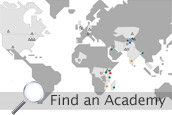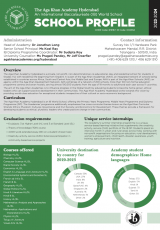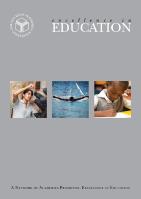Nizam's Hyderabad comes alive at Junior School
For their summative assessment project this February, Academy grade 3s revamped their classrooms and built a living recreation of ancient Hyderabad. In a task titled “Heritage of Hyderabad” students took the time to research and understand what the city of Nizams looked like decades ago, and on Tuesday 12th February, opened the doors to their classroom to share what they had learnt. This was part of a series of experimental assessments at Junior School.
What made this assessment more unique was the collaborative nature of its evaluation process. The second installment in this series aimed to involve the learning community of the Academy outside Junior School. Students of grade 6 visited the newly erected micro-Hyderabad to learn from what the grade 3s presented and also to provide their appraisal. “Any learning process has an input and an output,” explains grade 6 facilitator, Ajey Balaji. “Quite often the teacher who plans the entry point also defines the exit point. However, when the output is assessed by peers, the outcome will always be one that brings forth unexpected elements.”
Grade 3s spoke about Hyderabad’s trade culture, markets, its goods, and also about people, the languages they spoke and the things that were special to them. They set up dioramas talking about some of the fascinating aspects of architecture and found that sharing with their peers and teachers was a fun and enriching experience. “I was surprised to know that our seniors do not know so many things,” one cheeky grade 3 student said.
“Students were not only engaged but also enthusiastic during the whole process,” write facilitators Nivedita Paul and Anjum Bhudwani. The Academy Junior School thrives on, and prides itself on, its ability to be inventive and innovative in the modes of learning that students have access to. Activities like this make full use of the structure provided by the PYP and bring the philosophies of the curriculum into action. “Everyone in the learning community has agency,” they continue. “They see themselves as contributors to its ongoing strength and success, and take action to bring about change.”
Written by Anjum Bhudwani, Nivedita Paul, Ajay Sundaram





